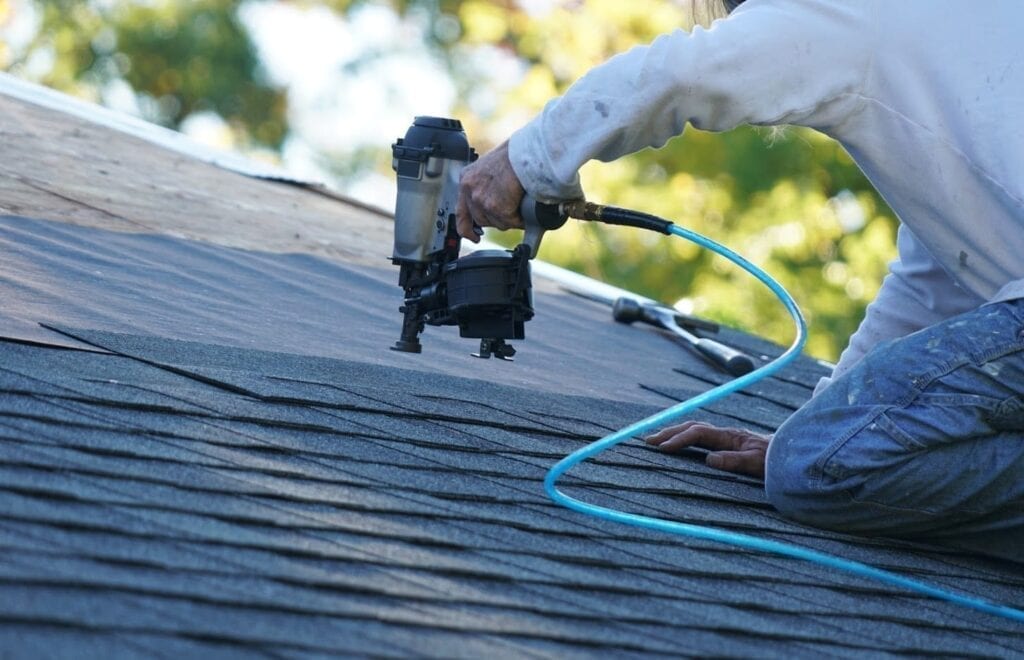Tips to Prevent Catastrophic Roof Damage

Catastrophic roof damage, such as a roof collapse, can destabilize your life and finances. The following tips can help you prevent such a disaster.
Install a Sturdy Roof
Preventing roof collapse starts from the installation stage, where you need to ensure the roof is adequately strong. Roof sturdiness depends on two main factors.
1. Materials
Choose strong materials for every section of the roof. The underlayment, shingles, and flashing materials all need to be strong. For example, synthetic underlayment tends to be stronger than organic underlayment.
Use wind-resistant shingles that won’t fly off the roof easily. If shingles fly off the roof, they allow wind penetration into the roof that can lead to roof collapse.
2. Design
A sturdy roof design should withstand heavy loads and extreme storms. For example, you should avoid roof overhangs if your area experiences strong winds. Large overhangs, especially in the direction of the wind, allow large wind forces to affect the roof.
Repair Roof Damages
A damaged roof can collapse more easily than a sound roof. For example:
- Corrosion and rot will weaken metal and wood and decrease their load-bearing capacity. Replace weakened materials to avoid collapse.
- Roof leaks encourage material degradation — plug leaks as soon as you diagnose them.
- Missing sections of the roof allow wind to penetrate the roof and cause damage.
Inspect your roof regularly and after every major incident, such as an extreme storm. The inspection might reveal damaged sections that can weaken the roof over time.
Replace an Aging Roof
Aging roofs are weaker than relatively new roofs. For example, a two-decade-old asphalt roof is more likely to collapse than a five-year-old asphalt roof. You can’t prolong your roof’s collapse forever. If an inspection reveals that you need to replace the roof, budget for the replacement as soon as possible. In most cases, a timely replacement is cheaper than post-collapse repair.
Manage Slow Accumulation
Too much snow can overload the roof. The longer the snow stays on the roof, the more damage it can cause. This normally occurs in our mountains where the snow loads can be several feet. These tips should help you minimize snow accumulation and its effects:
- Use a rake so that you can stand on the ground and remove snow from the roof
- Prevent ice dams (for example, with heating cables) so that might collect snow behind them
Resist the temptation to go up the roof after a snowfall. You might slip and fall on the slippery roof’s surface.
Manage Trees Around the House
Large trees can crash on your roof and damage it. At the same time, you don’t want to remove all trees in your home since trees work as windbreakers and minimize wind ferocity. Ensure trees don’t grow too close to the house, trim trees around the house, but don’t touch the ones farther from the house.
Some of the tips above require the involvement of a professional roofing contractor. Aspen Roofs Inc can help you install, maintain, and repair your roof. We can also help you replace the roof if it has suffered damage beyond repair. Contact us today so that we can take care of your roofing needs.
